by Kate Lahey
A group of over twenty middle school children pour excitedly out of the heavy glass gallery doors as curator Emily Critch, artist Daze Jefferies, and myself make our way toward Jefferies’s first major solo exhibition, stay here stay how stay at The Rooms Provincial Gallery in St. John’s. Jefferies’s joyful giggle whispers through the hard chamber of the building.
Making our way through the entrance lit by a red light, an important signifier of sex work, we are first met not with the title wall, but a small reproduction of a print by Matthaeus Merian titled Description of the 1610 Sighting by Captain Richard Whitbourne of a Strange Creature, Possibly a Mermaid, in St. John’s Harbour, Newfoundland. Jefferies has been working with this print for the past seven years. The image first took hold of her when co-authoring Autoethnography and Feminist Theory at the Water’s Edge (2018) with Leslie Butler and mentor Sonja Boon. In her chapter “Myths: Fish,” Jefferies “situates mermaids—fish women—as openings to trans histories in Newfoundland.” Placing the print as the first work to greet viewers, Jefferies positions mermaids as “spectral trans foremothers” whose knowledge shapes an embodied and intergenerational relationality with the ocean.
Throughout the exhibition, Jefferies continues to build her relationship with the sea as an archive that might hold memories and dreams of transfeminine and sex worker bodies. Honouring, tending to, and caring for this relationship, Jefferies confronts the ways that a colonial imaginary has shaped historical narratives of place and belonging. Throughout stay here stay how stay, this confrontation happens through the fleshy intimacy of the body, Jefferies’s familial relationships, as well as collective lived experience at the coastal margins.
The undulating hum of Jefferies’s ambient composition when you leave me overflown fills the gallery space with waves of sonic resonance that seem to enliven the multimodal works. Fragmentary yet entangled, this exhibition includes soft sculptural works, found fabrics and materials, digital illustration, and animation. The exhibit considers fragmentation carefully, specifically the interdependence that emerges in the between spaces of such bodies. In relation with one another, these fragments form a larger conversation about pleasure, violence, joy, and loss. Fragmentation, of course, has also structured Jefferies’s encounters with the archive. Her academic and artistic works encounter archival material, including the violent erasure, narratives, and absences that the colonial record applies to transfeminine and sex worker ancestors.
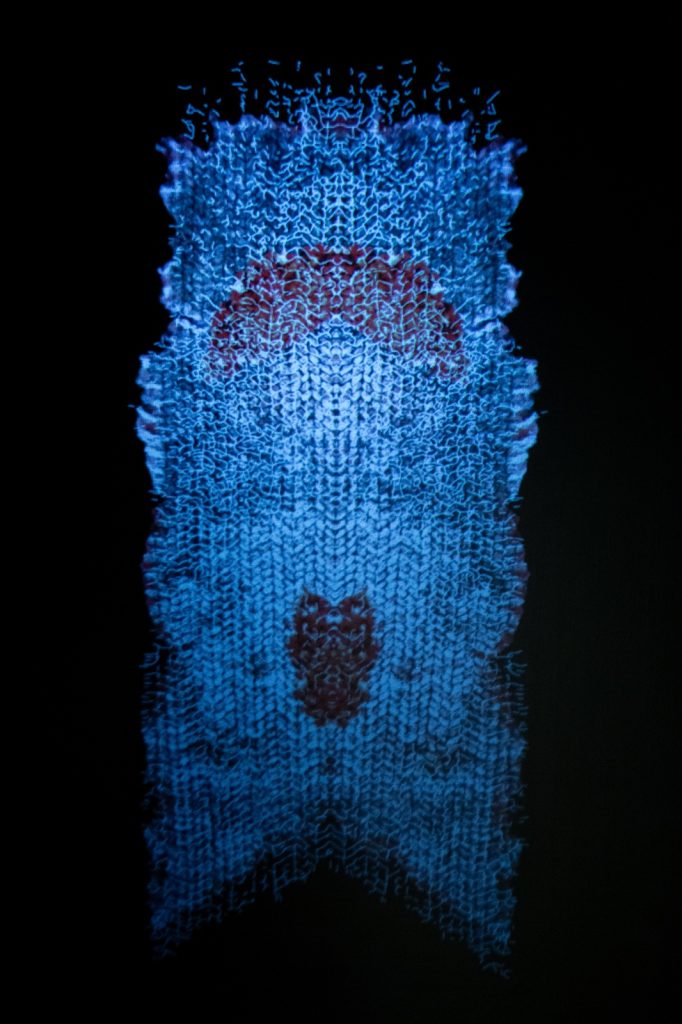
Courtesy of The Rooms.
Jefferies applies several techniques to commune with and communicate these encounters. The work titled the still unfathomed, for example, presents six cod filet sculptures suspended above a found wooden tub filled with salt. As cuts of a body, the filets work to imagine the interdependent relation of outmigration slivers.
Curator Emily Critch notes that the exhibition “presents a visually poetic archipelago of transfeminine and sex worker belonging in Newfoundland and Labrador. Responding to contemporary discourse about trans and sex worker experiences, with hope and histories held by water, an entangled narrative of care, intimacy, and resistance emerges from the coastlines” (2024). Collaboratively, Critch and Jefferies have questioned how we might hold and be held within this archipelago.
The creation of the still unfathomed offered Jefferies an encounter with chance and the agency of the ocean, themes that were recurrent throughout the development of this exhibition. Jefferies had originally wanted to fill the antique wooden tub with water; however, the tub refused to hold it. Her desires conflicted with the water’s desires. What does honour, respect, collaboration, and listening mean in Jefferies’s relationship with the ocean?
Working collaboratively with these desires and boundaries, Jefferies engages sea salt, both in the tub and applied in layers to the cod filets, as a means of resisting extraction and containment. These slippery conversations ask what forms of historical knowledge can or cannot be represented, grasped or evaded, denied or held. The suspended filets are playful representations of becoming multiple and a way of thinking about distant fragments that have out-migrated. Coated in layers and layers of wax and sea salt, these filets are fragile, changing, and in movement. Such impermanence is important to Jefferies’s approach to archives, for letting transfeminine and sex worker histories have autonomy.
Jefferies had similar experiences with change and oceanic resistance in the development of the soft sculpture sea whore. Born and raised in the Bay of Exploits, Jefferies has long combed the beaches near her home and tended to the tidal gifts that speak to her. Several extraordinary, almost magical, found fabrics make their way into this exhibition, including the netting and hooked yarn components of sea whore and the magnificent stockings that are at the heart of resurfacing you torn-together. Another source of archival fragmentation, these found materials spark Jefferies’s consideration of archival encounters, the ocean as a keeper of knowledge, and her ongoing understanding of water kinships. As an archival body, the ocean makes offerings but also withholds. Exploring this tension in the creation of textile-based works, Jefferies submerged fabric under the wharf in her hometown for two months. The ocean eroded the fabric to a point of great fragility.
What disappears against or with our desires? In the intimate creation of sea whore, Jefferies engaged with a slow process that asked her to be present in her body, submerging her hands in wax and salt, layering the body with intention and feeling. She describes the creation of soft sculpture as a way to release some of the archival experiences that she bears witness to through her research. A found piece of deep red hooked rug and a piece of netting are central components of sea whore. At once marking intimacy, beauty, sexuality, and pleasure, sea whore also asks us what refuses to be contained under the weight of historical capture in the archives as well the ways in which sex worker narratives have been shaped by violence and extraction. sea whore, however, isn’t fully enclosed by the net, as her mermaid form slips through an enclosing grasp. Putting the minority, rural body under the weight of a dominant history, the pleasure, joy, intimacy, and chance of bodily autonomy resist.
In her triptych mixed-media work with/holding, Jefferies builds on intergenerational knowledge about absence and creation. Honouring intergenerational histories of outport visual and material practice, Jefferies considers the meeting place(s) between chosen and biological family. Paying homage to her Nan’s extensive visual and material practice, including doll making, quilting, and much more, Jefferies works to uncover a language for remembered and unremembered pasts. The hands, form, language, and presence of rural women in Newfoundland inform the core questions of with/holding, including the intergenerational cultural significance of textiles in Newfoundland and Labrador. Jefferies takes up this inheritance by crafting poetic fragments of visuality, material, and language imbued with love and consideration. For generations of rural women who did not have the language to articulate loss and grief, explaining trauma away with “bad nerves,” Jefferies plays with her Nan’s handwriting to form poetic interventions into the spaces between generations, absence, and inherited knowledge.
Jefferies’s first major solo exhibition, stay here stay how stay, offers poetic, visual, and material interventions within the violent erasure of colonial archives. Turning to the ocean as a site of transfeminine and sex worker histories, Jefferies offers embodied and relational channels through which we might hold and be held by fragments of chosen and biological family. Working with playfulness, curiosity, and joy, Jefferies sculpts a collection of fragmentary bodies that refuse capture.

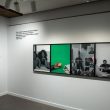
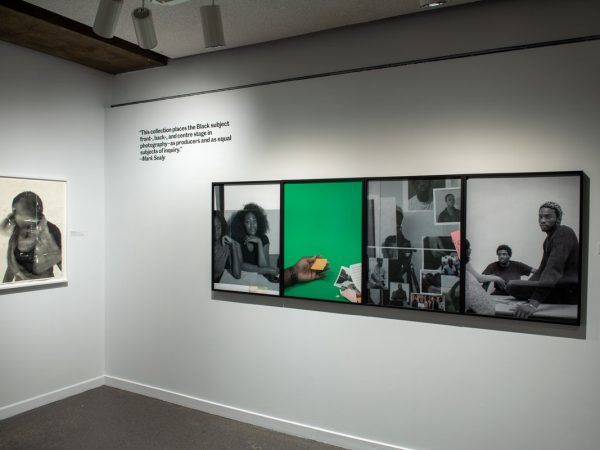
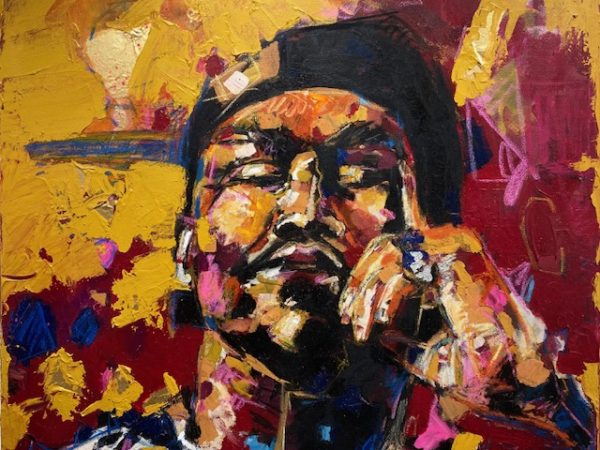
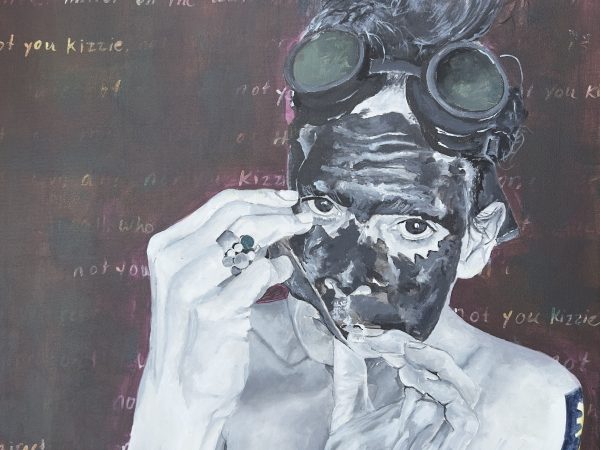
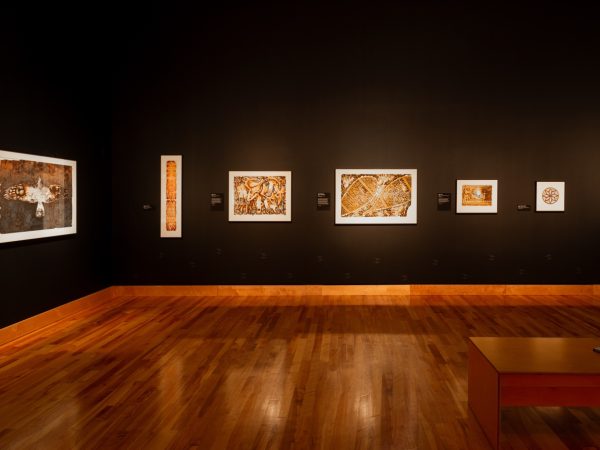
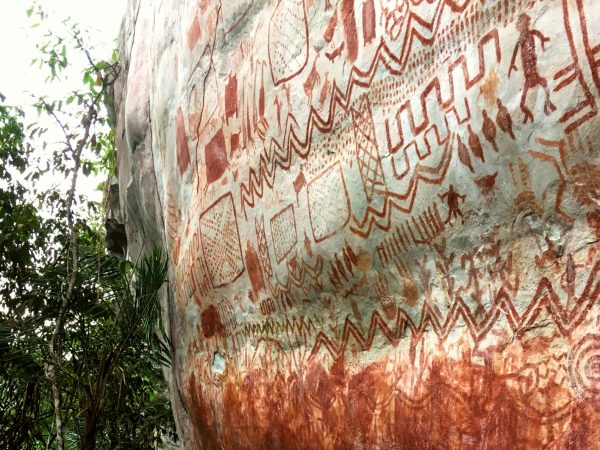
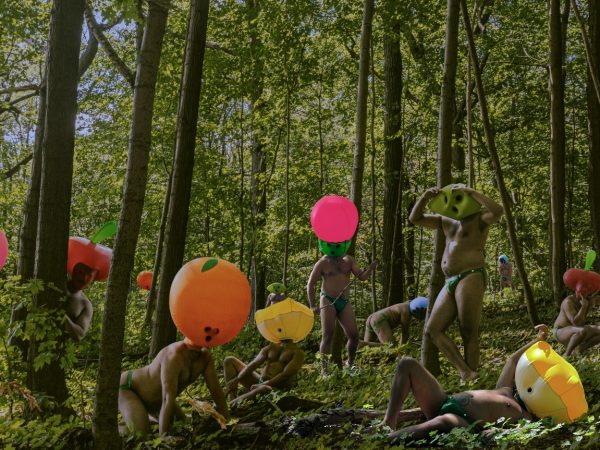
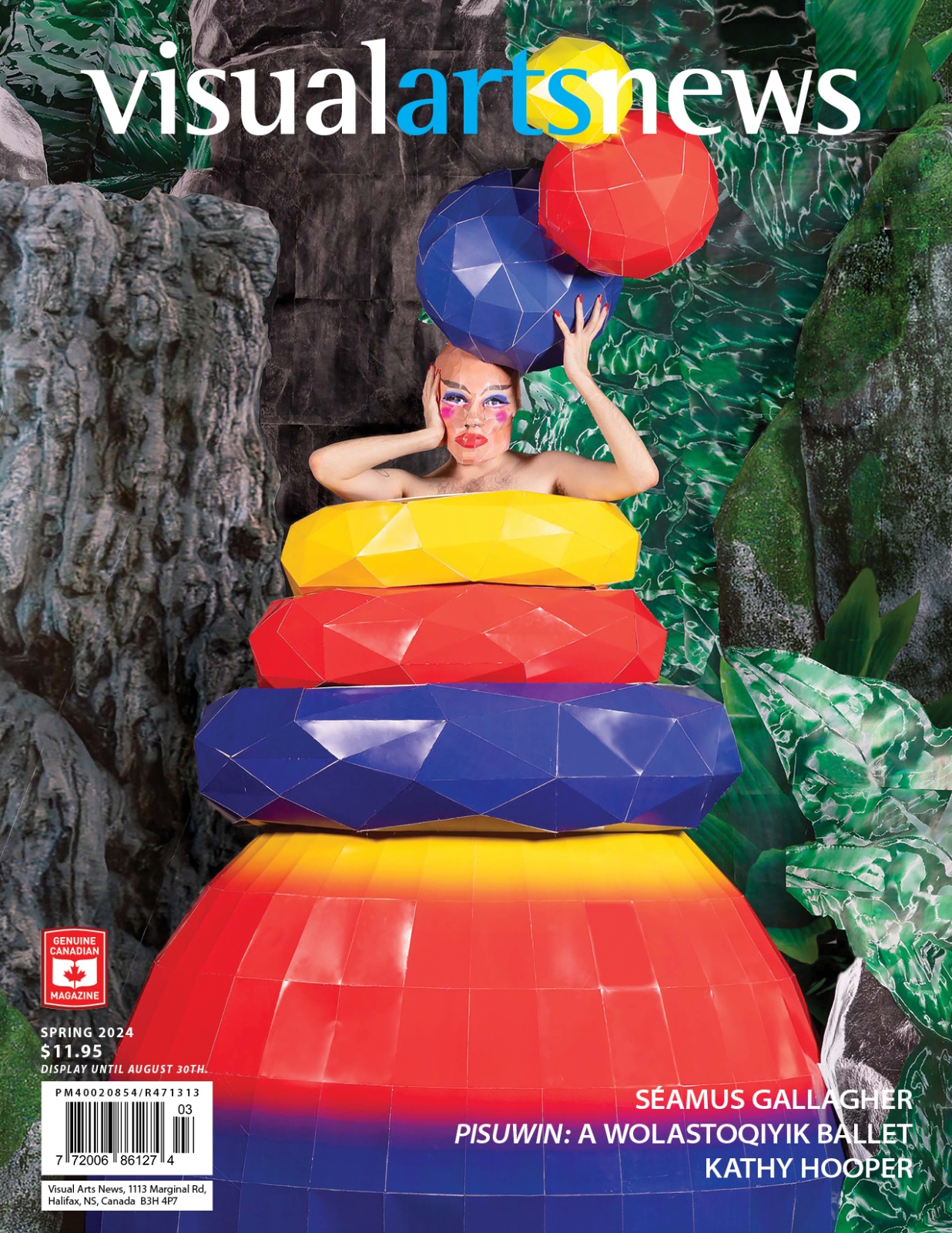

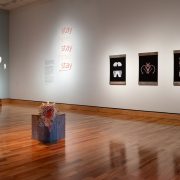
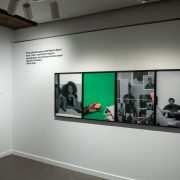
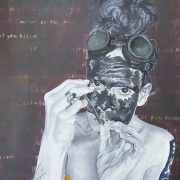
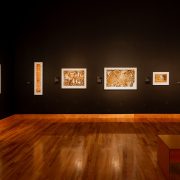
Leave a Reply